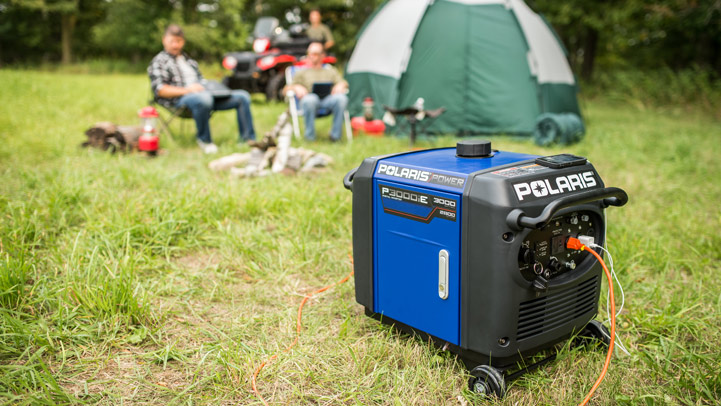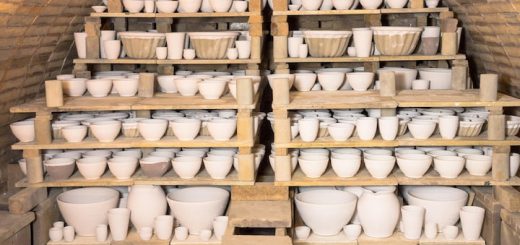Pack like a Pro: How to Choose the Right Camping Backpack for Your Needs
Since a camping trip doesn’t necessarily entail hiking, many people consider camping or hiking backpacks unnecessary. Any camping trip is impossible with the addition of a decent backpack, even if are just driving to your camping spot.
Being packed with several compartments, pockets, and straps for items such as your tent, sleeping bag, clothes, cooking equipment, and personal belongings is no joke. Specialised backpacks will ensure that all your equipment is neatly arranged and easily reachable, reducing any inconvenience or wasted time during your hike.
However, the purchase of such a bag can be a real challenge as there are many models and brands on the market. On the other hand, to make the best buying decision, you must be sufficiently knowledgeable about the many types of backpacks, their features, and the ideal applications for them.
What to Look Out for in a Camping Backpack
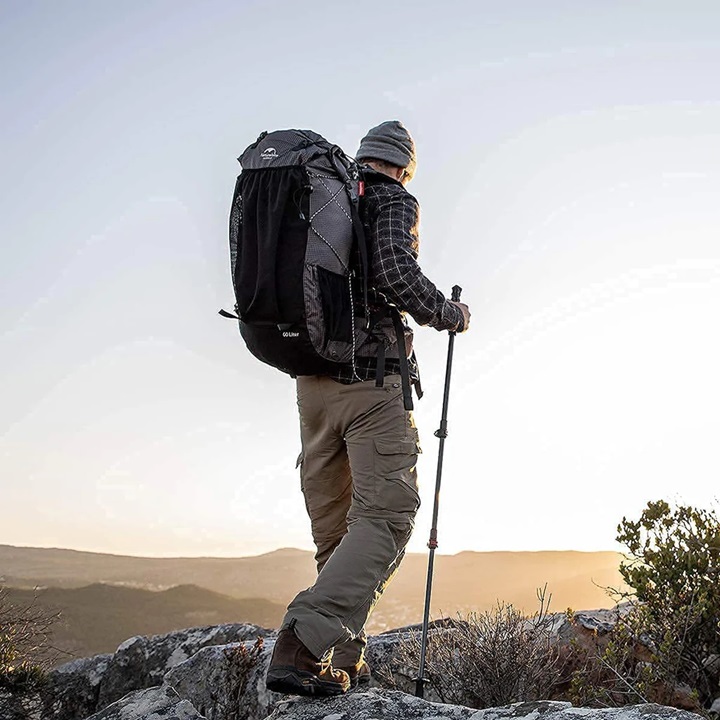
Whether a beginner or experienced hiker or just a regular guy who enjoys some quality camping time with their family, carry your outdoor gear in all-day comfort with spacious and user-friendly camping backpacks made from durable fabrics. When weighing your options think about whether you prefer weekend camping trips or longer hikes. Also, consider if you want a simple hiking backpack that will last for one trek or a long-lasting one for camping.
One of your key priorities should also be the attributes you want in your bag. Consider load-carrying and capacity capabilities, pockets, compartments, weight, materials, ease of use, and sealing techniques. But keep in mind that comfort always comes first.
Design Options
The first and foremost is the type of backpack you’ll require. The length of the walk will have a significant impact as well. Are you planning to camp for a few days so you can utilise your hiking pack for harder terrain and summit climbs that require additional gear, or are you going to camp for a day walk with overnight camping?
In this regard, daypacks are ideal for day treks and weekend getaways. They are transportable and have a load capacity of 5 kilograms. Choose a model with a hip belt to appropriately distribute the weight. Daypacks range in size from 20 to 30 litres.
Large camping backpacks are available in 40, 50 and 60 L. A 40-50 L backpack may be suitable for a weekend excursion, whilst a 60 L model is ideal for trips lasting up to a week or more. Large packs are also suitable for expedition treks. These backpacks have broader straps and hip belts to help with weight distribution and pain relief.
On the other hand, on longer and more difficult journeys, you will need to carry greater weight. Backpacks designed for this function are often sturdier and have a higher weight capacity. These expedition models have a weight capacity of 30 kg and come in a range of sizes, including 70, 80, and 90 L.
Features
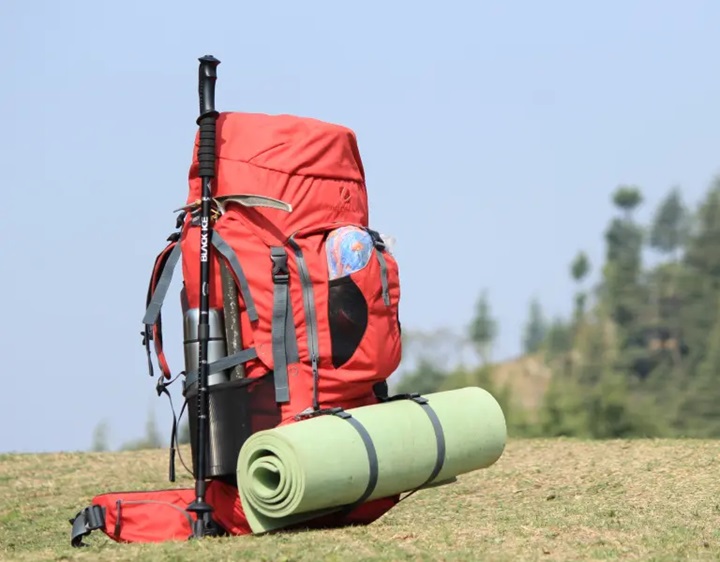
To get the most out of your backpack, you should also consider the features it comes with. After all, this piece of equipment isn’t just something that carries your belongings – it also provides a level of convenience and comfort that you’ll appreciate, especially during long hikes.
Frames
Nowadays, an outdoor backpack might have an internal or external frame or can be frameless. Internally framed models embrace the body while hiding the frame behind the back panel. Furthermore, these packs are outfitted with a variety of load-supporting components to transfer stress to the wearer’s hips and keep a hiker stable on unstable, uneven terrain.
Backpacks with exterior frames, on the other hand, draw attention to the external equipment sustaining the burden. This equipment is made of aluminium. Because the structure extends beyond the pack, this gadget can be an excellent substitute if you’re hauling a huge, uneven weight, such as an extra-large tent or inflatable kayak. External-frame options also offer a variety of options for organising your belongings and allowing adequate ventilation.
A frameless design or one with a detachable frame may be the ideal solution for folks who desire to trek quickly and lightweight. Carrying large items, on the other hand, is substantially less comfortable with the frameless options.
Ventilation
Newer models incorporate a hanging mesh back panel to alleviate sweaty back syndrome, which is typical with internal-frame packs that ride against your body. The very breathable mesh rests against the “tension-mesh suspension,” which rides a few inches out from your back like a trampoline. To address this issue, some packs include ventilation tubes, also known as “chimneys”, on the back panel.
Pockets
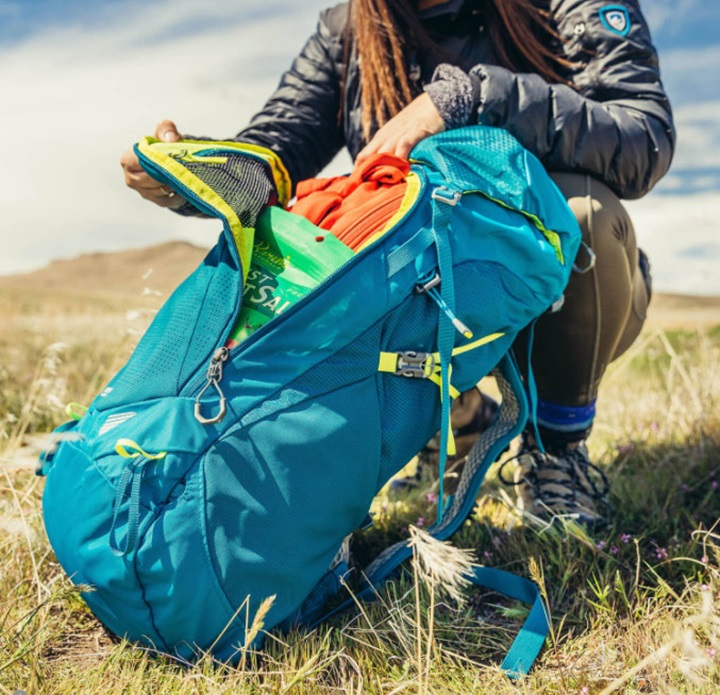
The art of backpacking entails having enough pockets to organise the equipment you must carry. Consider your tastes. Will you require something huge or small? This includes determining the size and location of each pocket on your bag. When filled, elasticized side pockets expand out to hold a water bottle, tent poles, or other loose objects, but when empty, they lay flat. While carrying the pack, they are usually within reach.
Hip belt pockets, on the other hand, can contain little items such as a phone, snacks, lip balm, or sunscreen that you will undoubtedly need when hiking. Snow shovels are now standard on 3-season packs. These storage compartments are intended to store items such as maps, jackets, and other loose, lightweight items.
The top lid pockets, also known as the “brain” of the pack, are an excellent choice to consider. Some hikers prefer a top cover with multiple compartments for goods such as sunglasses or a torch, while others prefer a single opening.
